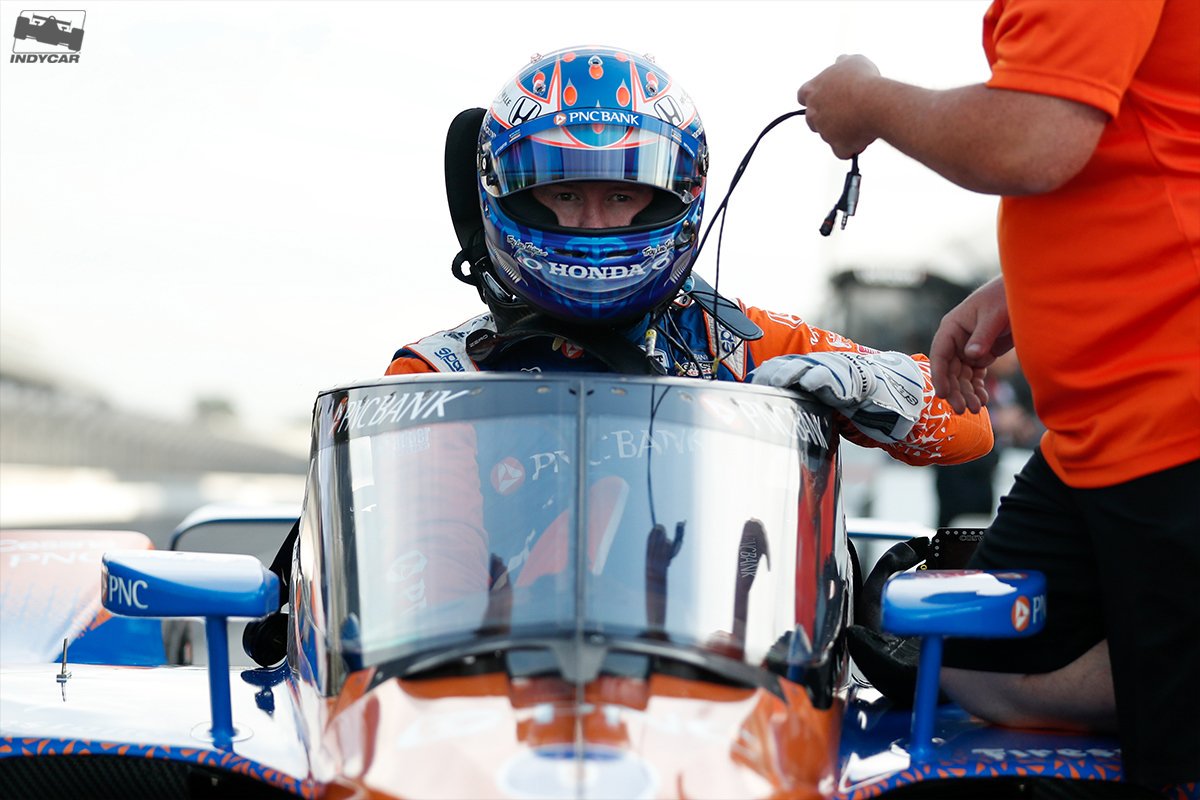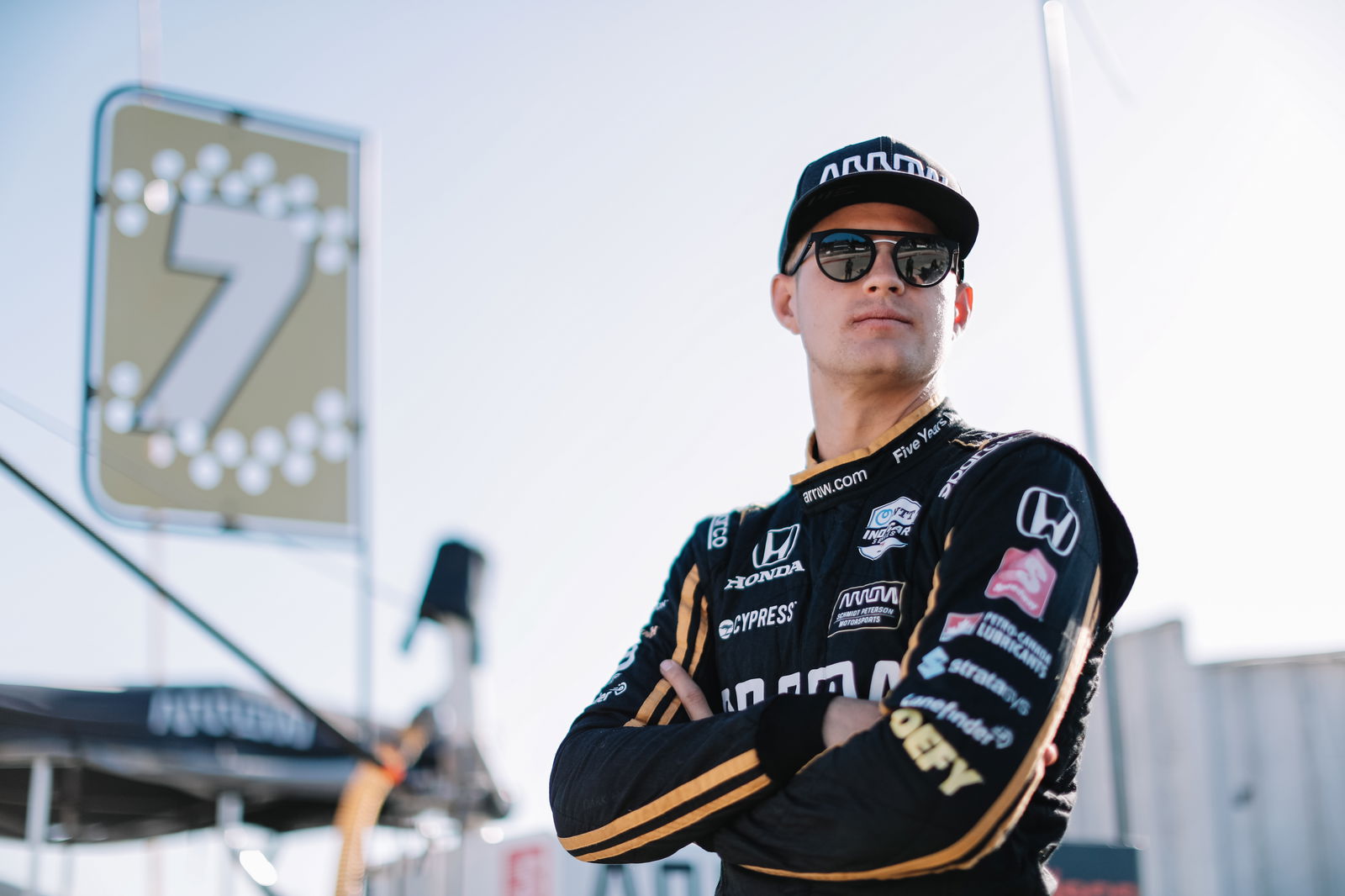Aeroscreen best of both worlds for IndyCar, says Power
Will Power sees IndyCar’s introduction of the Aeroscreen as a safety device all open-wheel racing series will use in the future following a successful first test with the part at the Indianapolis Motor Speedway.
The Team Penske driver joined Chip Ganassi Racing’s Scott Dixon for a special Aeroscreen test, with the pair collectively completing 257 laps of the iconic oval circuit checking over its impact on handling, visibility, cockpit temperatures, helmet lift and any other key changes the device has on the performance of their respective cars.
_13.jpg?width=1600&aspect_ratio=16:9)
Will Power sees IndyCar’s introduction of the Aeroscreen as a safety device all open-wheel racing series will use in the future following a successful first test with the part at the Indianapolis Motor Speedway.
The Team Penske driver joined Chip Ganassi Racing’s Scott Dixon for a special Aeroscreen test, with the pair collectively completing 257 laps of the iconic oval circuit checking over its impact on handling, visibility, cockpit temperatures, helmet lift and any other key changes the device has on the performance of their respective cars.
Power sees the safety device, which becomes mandatory in IndyCar from 2020, as “the best of both worlds” and feels only minor tweaks will be needed for the safety device to be ready for next season.
“I’m so happy that we have it,” Power said. “It’s really a huge step in safety, and I think it’s the best of both worlds. You’ve got the halo and you’ve got a screen, so I think that you’ll see other open-wheel categories follow suit. When you’ve driven it for a day, you’re going to feel naked without it.”
“I'm so impressed with how quickly all this came together. To have the first run in and really no major issues… it’s just little things that need to be worked on.”
“It’s been an intense project and one that I think a lot of people have done their due diligence on to get it to this point,” Dixon added. “Today’s been pretty much seamless.
“There’s actually a lot less load on the helmet. Visually, there’s been no [issue]. Some of the areas with tear-offs and where they seam in the middle will be sort of fixed down the road to make it better.”
According to an IndyCar release, both Dixon and Power said they could have raced with the Aeroscreen this weekend if necessary with their feedback reflecting the results reaped by Red Bull Advanced Technologies who worked in partnership with IndyCar to develop the device.
“The first on-track test has been very positive today,” Andy Damerum, Red Bull Advanced Technologies Commercial Development Officer, said. “The product is working well and the drivers have given excellent feedback, without experiencing any visibility issues.
“We have a few further tests to complete but so far the screen is providing the safety performance requested.
“The next step will be for IndyCar and Dallara to fine-tune the cockpit cooling and a number of teams will complete on-track tests in the coming weeks before the screen makes its race debut in 2020.”
F1 trialled a version of the Aeroscreen in 2016 and 2017 but opted to use the Halo cockpit protection device which became mandatory in 2018.

